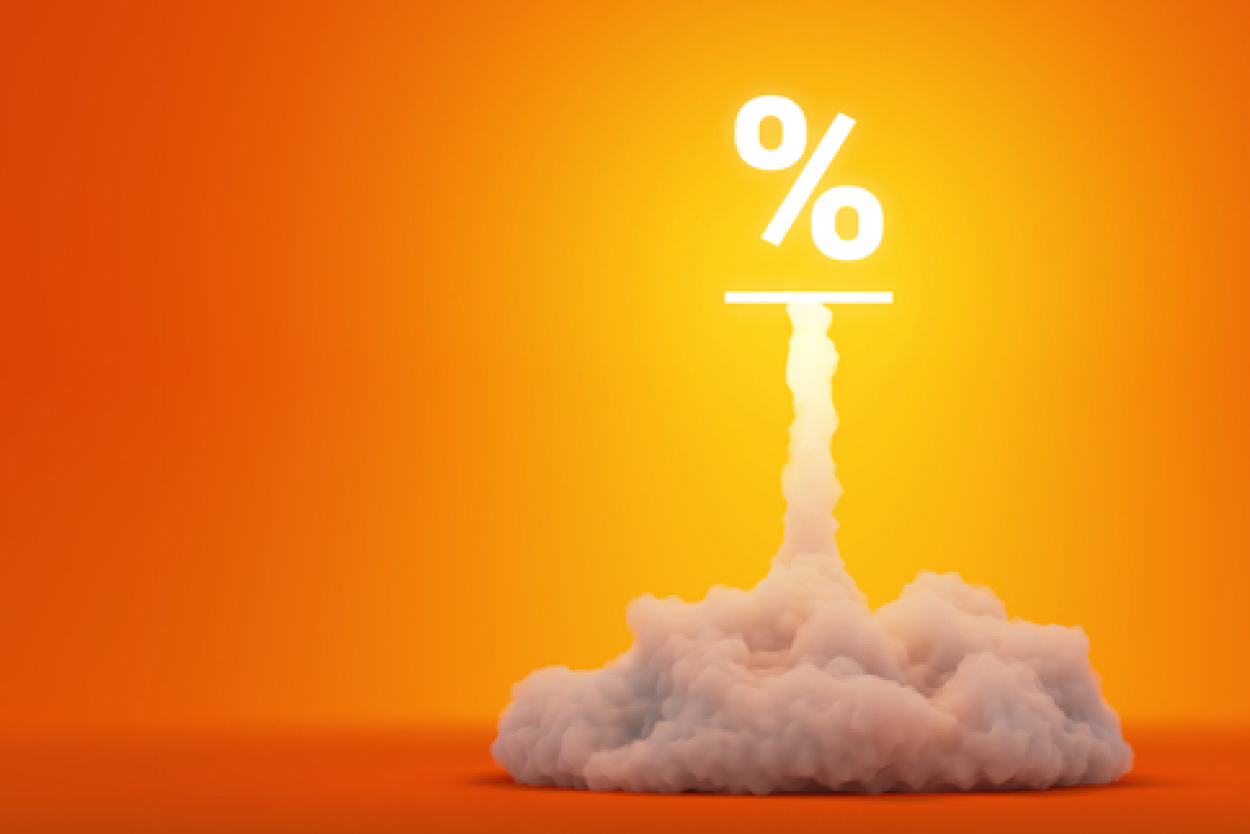4 min read
A SEPTEMBER TO REMEMBER
A September to Remember? Rates, Labor, and Market Domino Effects Setting the Stage As markets came back from the long Labor Day weekend, labor...
3 min read
Crewcial Partners
:
Aug 15, 2024 4:15:00 PM

The Yield Curve
What It Tells Us and Why This May Be Changing
For decades, the yield curve has been one of the most reliable economic indicators, often signaling an impending recession when it inverts—i.e., when short-term interest rates exceed long-term rates. As the longest inverted yield curve in U.S. history shows signs of normalizing, it's crucial to understand not only what this curve traditionally tells us about economic conditions but also why its predictive power may be shifting in today's complex financial landscape.
What Is the Yield Curve?
The yield curve is a graph that plots the interest rates of bonds with differing maturities. Under normal circumstances, it slopes upward, reflecting higher yields for long-term bonds compared to short-term ones. This "normal" curve suggests a healthy economy, where investors demand higher returns for taking on the additional risk of longer-term investments.
However, when the curve inverts, it sends a warning signal. Historically, such inversions have preceded recessions, as they suggest that investors are pessimistic about the near-term economic outlook.

Why Does the Yield Curve Matter?
The shape of the yield curve has profound implications for various stakeholders:
For non-profits and other mission-driven organizations, understanding the yield curve is crucial for making informed investment decisions that support long-term financial stability. A normal yield curve indicates a favorable environment for long-term investments, which can help grow endowments. Conversely, an inverted curve suggests caution, with a potential shift towards safer, short-term bonds to protect funds during economic downturns.
What’s So Different This Time?
The current yield curve inversion is particularly notable not only for its duration but also for the unprecedented speed and magnitude of interest rate hikes by the Fed.
Yet, despite this aggressive monetary tightening, the broader economy, including the federal government, consumers, and businesses, has shown a surprising resilience, seemingly unaffected by the higher rates.
This resilience raises questions about whether the traditional signals of an inverted curve still hold the same predictive power they once did. In the past, such a rapid increase in rates would likely have led to a significant economic slowdown. However, various structural changes in the financial landscape may be mitigating the impact of these rate hikes, thereby challenging the yield curve’s role as a reliable recession diviner.
How Did We Get Here?
Several post-Global Financial Crisis (GFC) structural shifts may be diluting its effectiveness:
What Does This Mean Moving Forward?
As the yield curve begins to normalize, it's important to recognize that the financial landscape has evolved. While the curve remains a valuable tool for gauging economic conditions, these structural changes suggest that it may no longer be as infallible as it once was.
For investors, particularly those managing the assets of non-profit organizations, the key takeaway is to remain vigilant and informed. Understanding both the historical context and the new dynamics at play will be essential for navigating the uncertain waters ahead. While the yield curve's inversion may still warrant caution, it should be considered within the broader context of other indicators and the wider economic environment.
In this complex financial era, interpreting the yield curve requires a nuanced approach—one that acknowledges its historical significance while also adapting to the changing market structure. By doing so, investors can better position themselves to make strategic decisions that ensure long-term financial health and stability, regardless of what one or another indicator might suggest.
[1] There are two types of "steepeners," bull and bear. Bull means short rates are driving the curve steeper; bear means long rates are driving the curve steeper.

4 min read
A September to Remember? Rates, Labor, and Market Domino Effects Setting the Stage As markets came back from the long Labor Day weekend, labor...

5 min read
How Diverging Central Bank Moves Are Reshaping Markets in 2025

6 min read
At what point does price decouple from purpose, and why do we keep playing along? In recent months, a peculiar phenomenon has unfolded at the edge...